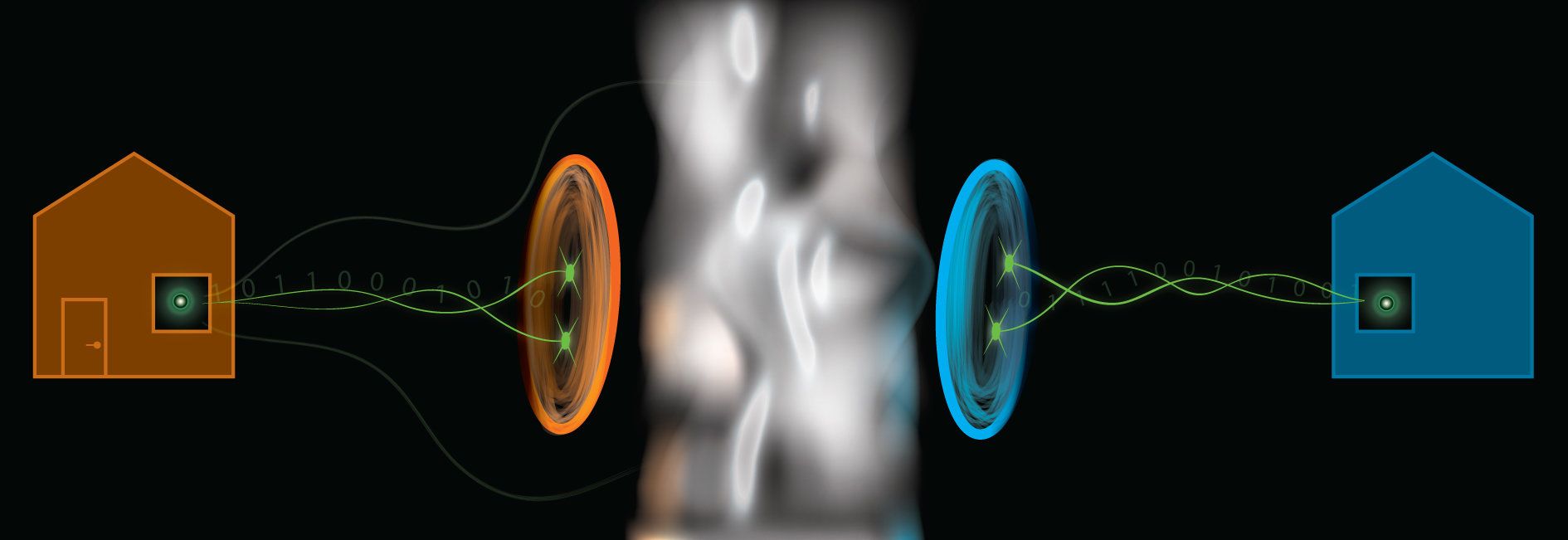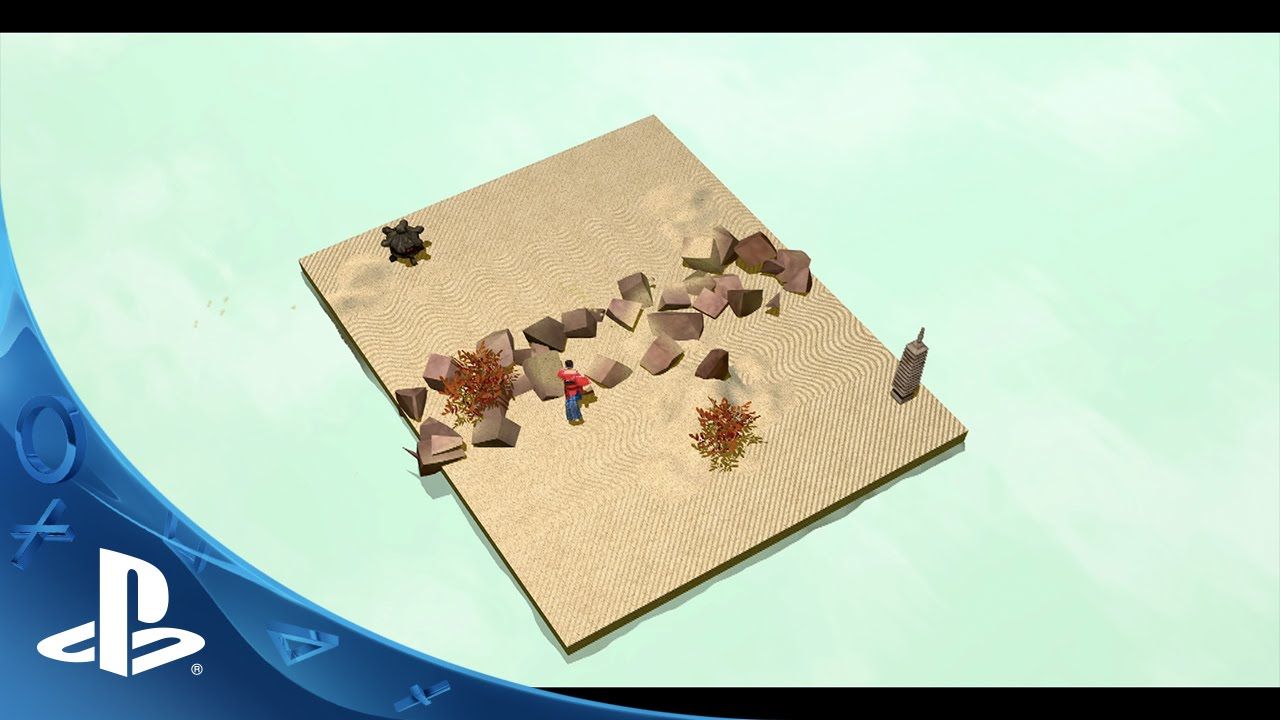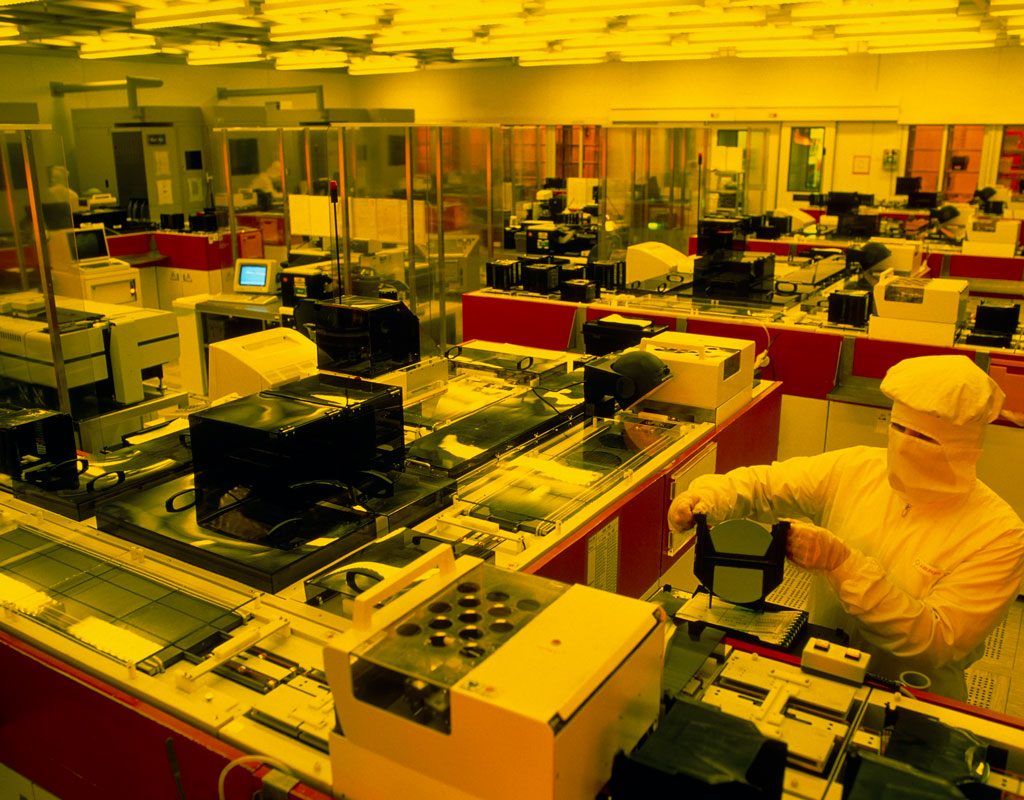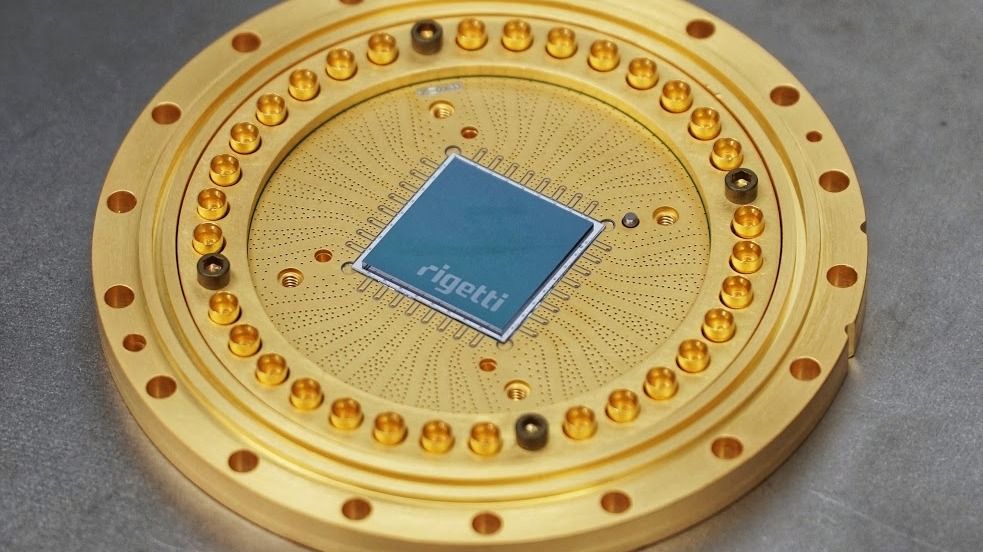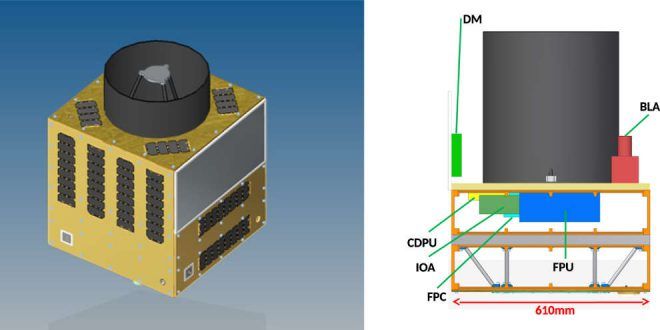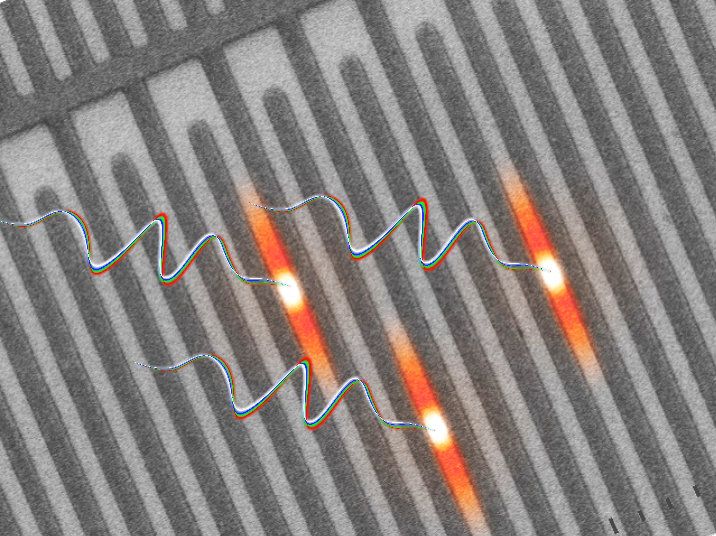A team from Griffith’s Centre for Quantum Dynamics in Australia have demonstrated how to rigorously test if pairs of photons — particles of light — display Einstein’s “spooky action at a distance”, even under adverse conditions that mimic those outside the lab.
They demonstrated that the effect, also known as quantum nonlocality, can still be verified even when many of the photons are lost by absorption or scattering as they travel from source to destination through an optical fiber channel. The experimental study and techniques are published in the journal Science Advances.
Quantum nonlocality is important in the development of new global quantum information networks, which will have transmission security guaranteed by the laws of physics. These are the networks where powerful quantum computers can be linked.
